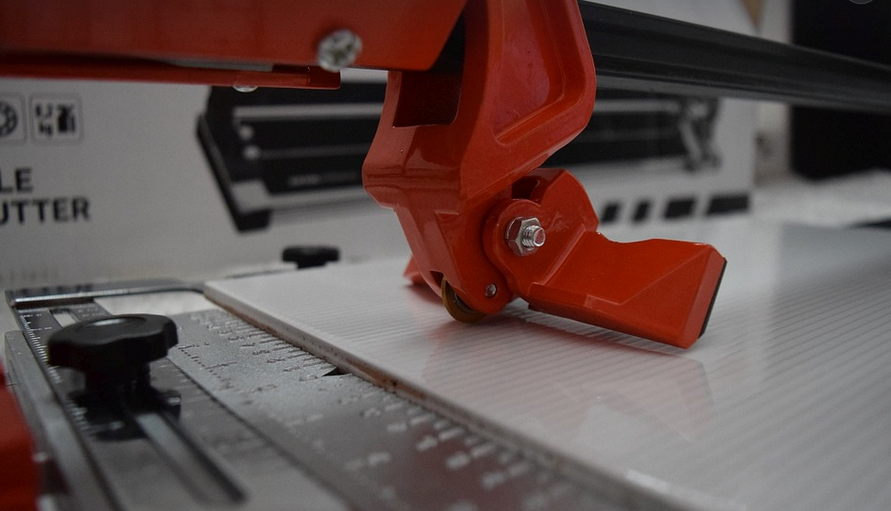
Mr. Cooper Wire Instructions: A Comprehensive Guide For 2025
Decoding the Mystery of Mr. Cooper Wires
Let’s face it, navigating the world of home wiring can feel like entering a tangled jungle with its own set of rules and jargon. But fear not! The “Mr. Cooper” wires are here to simplify this process, making your home setup smoother than ever. Whether you’re a seasoned pro or just starting out, understanding how these wires work is crucial for safe and efficient electrical use.
The Mr. Cooper wires come in various forms, each serving a specific purpose within your home’s electrical system. Think of them as the invisible arteries that connect different parts of your home. The type of wire determines its weight-carrying capacity, offering a level of versatility that makes installation more manageable.
Beyond their physical properties, understanding the “Mr. Cooper” wires requires delving into a complex world of electrical jargon. Each wire carries specific voltage and amperage ratings, often expressed in volts (V) and amps (A). These numbers are essential to ensure proper functioning of your home’s electronics.
Inside the World of Mr. Cooper Wires
The journey into the “Mr. Cooper” wires begins with identifying their different categories according to their function and construction. We have:
- **Power Wires:** These are your workhorses, responsible for supplying power from the main electrical panel to various appliances and lighting fixtures. They carry high-voltage currents throughout your home.
- **Neutral Wires:** Like their counterparts, these act as return paths for current flow, ensuring a balanced energy supply within your home.
- **Ground Wires:** These are the unsung heroes of safety, acting as a pathway for electrical faults to safely discharge into the earth, preventing electrocution in case of a circuit malfunction.
Each category comes with its own set of specific characteristics that influence their installation and use. For instance, grounding wires are crucial for safety, while thicker power cables are better equipped to handle high-demand loads like air conditioners or heaters.
A Guide to Understanding Mr. Cooper Wire Instructions
To truly unlock the benefits of using “Mr. Cooper” wires, you need a deep understanding of their instructions. These steps are crucial for safe and effective installation:
< ul>< li> **Consult the Manual:** Your “Mr. Cooper” wire box will come with detailed instructions specific to your model. These manuals usually break down the wiring process into manageable steps, offering clear guidance on what each wire represents.
Troubleshooting Your Wiring
Even with the best instructions in place, troubleshooting can be part of the journey. Here’s how to deal with common problems:
* **Flickering Lights and Dimming Appliances:** This might indicate a faulty connection or overloaded circuit. A multimeter can help you identify voltage fluctuations, helping you narrow down the issue.
* **Buzzing or Overheating Wires:** This is often a sign of an electrical overload on your wiring system. Unplug unused appliances and assess if any wiring appears frayed to prevent further problems.
The Future of “Mr. Cooper” Wire Instructions
As technology evolves, so too does the world of wiring. With the advent of smart homes, we can expect greater innovation in how “Mr. Cooper” wires are used and managed. Expect to see integration with voice assistants for automated control and even predictive maintenance capabilities that anticipate potential issues before they arise.
The future of “Mr. Cooper” wire instructions lies in a seamless blending of traditional wiring techniques with the advancements of smart home technology. This will empower homeowners to manage their electrical systems more efficiently, ensuring safety and convenience for years to come.